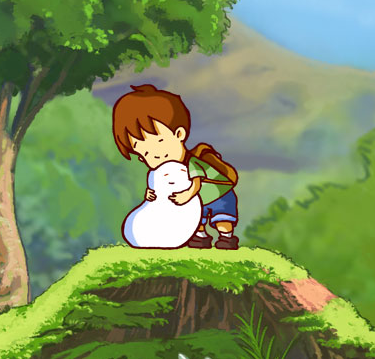An affectionate parody.
TAO LIN VISITS THE GYM
after waking up at 6:15pm, having spent an estimated two hours checking tumblr, twitter and the facebook page of a writer i used to talk with, when i spent two weeks in florida after a book tour, i decided i should probably go to the gym.
i felt like the enite universe was inside my head and telling itself to get swole. i went to whole foods on the way and stole some zero-calorie energy drink, toilet paper, three apples, organic soy milk, a vegan protein muffin. as i left whole foods i saw the cashier look at me with a neutral facial expression before giving an “i think i would like to be asleep” kind of smile.
the gym was loud with a steady “thump thump thump” of music that i used to hear on the radio when i was a teenager before turning the radio off. it made me think about how my brain was evolved away from killing animals and fighting in wars and into a tool for making poetry and trying to understand other brains inside other human beings, who might be evolved away from killing animals but toward “killing fat” and “maxing” their “glutes”.
i was thinking these things while sitting in the locker room at the gym and drinking my zero-calorie energy drink. two other men were talking in loud voices about “getting mad jacked” and discussing whether an actress, who had recently been in an unsuccessful sci-fi film about artificial intelligence, would have sex with them. one of the men had a desperate expression and his voice was getting progressively louder.
i walked out into the gym and went over to the racks with the dumbbells. a bear was already at the racks and it looked at me with a “what are you doing, these are my dumbbells” kind of facial expression. it made me think of when i emailed my publisher two weeks ago, at 3:12am, about writing a children’s book about bears, which my publisher, at 3:53pm, had described as “not my area”.
“do you come here a lot,” said the bear.
“sometimes,” i said. “i guess. not much.”
“okay. don’t kill yourself with these things,” said the bear. then it picked up two 35lb dumbbells and threw them at the mirror, which covered the whole wall of the gym, but they disappeared before impacting with the glass. then it made a loud screaming noise for about six seconds. then it said “get jacked” in a loud voice and moved closer to give me a “high five”. then it disappeared. the music in the gym was still loud, a woman was singing about never giving up. i watched my reflection and realised i had some zero-calorie energy drink on my screen-printed “trash humpers” t-shirt. i had a neutral facial expression.
i looked at the dumbbells. they were big and heavy and helpfully, had their individual weights printed on the sides. the last time i was at the gym i was anxious and depressed because i had ingested mdma and xanax earlier in the day and was on a “come down”. i thought “what if a hamster could lift one of these dumbbells up.” then i thought about a hamster getting squashed by one of the men from the locker room. “cool,” they would say in loud voices. “sick, bro.” then maybe they would high five.
i started eating the vegan protein muffin i had taken from whole foods. then i thought, “maybe if i ask one of the personal trainers they will crush me under a dumbbell.” they were all busy with other people and offering encouraging words like “yes” and “one more, girl, you are really killing it today”.
a bear appeared behind me. i looked up and saw its reflection in the wall mirror. it had a confused facial expression. it was holding one of the 35lb dumbbells. then it exploded. i finished eating my vegan protein muffin and stood up. then i went to the locker room and changed out of my gym clothes and into my normal clothes, taking two shirts from another person’s locker and putting them in my bag. then i went home.
“i am getting so pumped,” i thought.





